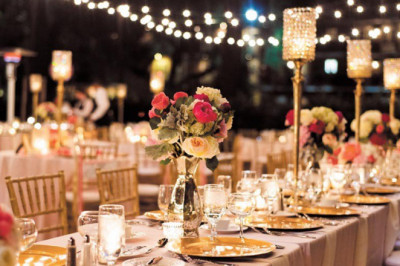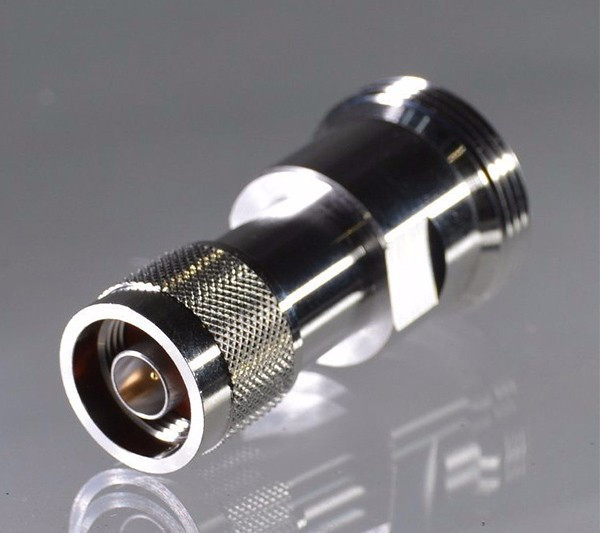views
The History of Corsets: From Function to Fashion
Introduction
In this article, we will delve into the fascinating history of corsets, exploring their evolution from functional garments to iconic fashion pieces. Corsets have had a significant impact on women's fashion throughout history, shaping silhouettes, reflecting societal norms, and sparking both admiration and controversy.
Early Origins
The roots of corsets can be traced back to ancient civilizations. Early forms of corsetry can be found in ancient Greece, where women used bands or strips of cloth to cinch their waists. Similar practices were also observed in ancient Rome and Egypt. These early prototypes provided some support and shape, but they were far from the structured corsets we envision today.
Evolution of Corsets
The true evolution of corsets began in the 16th century when a more structured garment emerged in Europe. Known as "stays," these corsets were made of rigid materials such as bone or wood and were designed to shape and support the torso. Stays gradually evolved, becoming more comfortable and refined over time.
Corsets in the 18th Century
The 18th century saw the rise of the hourglass silhouette, with corsets playing a crucial role in achieving this fashionable look. Corsets of this era were heavily boned and tightly laced, emphasizing a tiny waist and an exaggerated bust. They were often adorned with elaborate embroidery and decorative details, becoming symbols of wealth and social status.
Victorian Era Corsets
The Victorian era witnessed a shift in corsetry, with an emphasis on achieving an even more dramatic hourglass figure. Steel boning became popular, providing more structure and shaping capabilities. Corsets were worn not only by women but also by young girls, as they were considered essential for proper posture and feminine elegance.
Controversies and Criticisms
As corsets became increasingly popular, so did the criticisms surrounding them. Detractors argued that corsets were physically restrictive and harmful to women's health. The tight lacing and compression of the torso were believed to cause organ displacement and breathing difficulties. These concerns led to debates and reform movements, such as the Dress Reform Movement of the late 19th century.
The Corset Renaissance
Despite the controversies, corsets experienced a resurgence in the 20th century. The 1950s saw the introduction of the "wasp waist" corset, designed to create an exaggerated hourglass figure. However, as women began to prioritize comfort and freedom of movement, corsets gradually fell out of mainstream fashion.
Modern Interpretations
In contemporary times, corsets have taken on new forms and interpretations. They have become popular as lingerie pieces, often made with more flexible materials and focusing on enhancing sensuality. Corset-inspired tops and dresses have also made a comeback on runways and in street fashion, combining elements of tradition with modern design.
Corsets in Fashion Today
While corsets are no longer considered essential undergarments, they continue to make a statement in the fashion industry. Designers often incorporate corsetry elements into their collections, creating unique and structured silhouettes. Corsets are celebrated for their ability to accentuate curves and evoke a sense of femininity and confidence.
Health Implications
It is important to note that wearing corsets for extended periods can still have health implications. Corsetry can lead to discomfort, restrict movement, and put pressure on internal organs if not fitted properly. Therefore, it is essential to approach corsetry with caution and prioritize personal comfort and well-being.
Conclusion
The history of corsets is a testament to the evolution of fashion and the ever-changing ideals of beauty. From their early origins to their current status as fashion statements, corsets have left an indelible mark on the world of style. Whether admired or critiqued, corsets continue to captivate our imagination and remind us of the enduring power of fashion.
FAQs
1. Are corsets still worn today?
Yes, corsets are still worn today, although they are more commonly seen as fashion statements or lingerie rather than everyday garments.
2. Did men ever wear corsets?
Yes, men also wore corsets throughout history, particularly during the 16th to 18th centuries. However, their corsets differed in design and purpose from those worn by women.
3. Can corsets cause permanent changes to the body?
Wearing corsets for extended periods can cause temporary changes in body shape, but permanent changes are unlikely. The body returns to its natural shape once the corset is removed.
4. How do I choose the right corset size?
When choosing a corset, it is crucial to measure your waist accurately and refer to the sizing guide provided by the manufacturer. It is recommended to consult with a corset expert or professional for guidance.
5. Are there any alternatives to corsets for achieving a similar silhouette?
Yes, there are alternatives such as waist cinchers, shaping undergarments, and other body-shaping garments that provide a similar effect without the same level of restriction as corsets.











